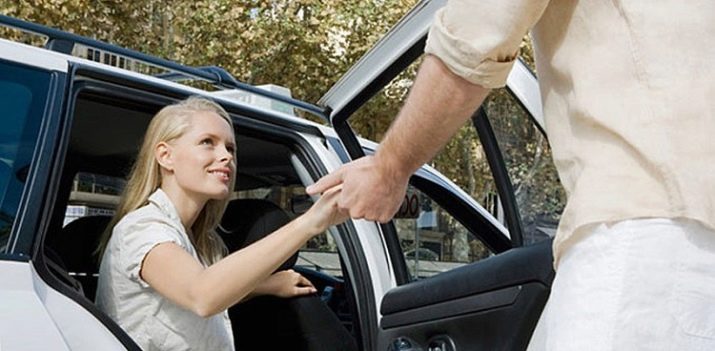Common courtesy rules

You can always determine the degree of culture of a person by his behavior. It is pleasant to communicate with a well-mannered person, but rough, vulgar speech leaves the worst impression.
What is politeness
Every person is a social being. People communicate with each other, create families, become colleagues. All members of society deserve respect. To avoid conflicts, insults, annoyance, polite treatment is accepted between the interlocutors.
Politeness is the ability to communicate tactfully, listen carefully to another point of view, show tolerance, and the ability to resolve conflict situations peacefully. Politeness and decency is the very tool by which people feel comfortable, free when communicating with their own kind.

Rules of courtesy
Since childhood, everyone knows the “magic words”: thank you, hello, sorry, sorry, thank you. Tact begins with politeness. This is the international norm. If such a quality as delicacy is considered innate, then good tone can be learned. Polite people know what is always necessary:
- greet;
- saying goodbye;
- ask for forgiveness (when a mistake is made, or cause inconvenience to the interlocutor);
- be interested (that is, provide the necessary minimum of attention, for example, ask: “How are you?”);
- do not push passers-by with your elbows in order to get somewhere;
- do not interrupt the interlocutor, especially if he is older in age;
- do not shout to a friend who is far away.
The best indicator of a person's upbringing will be his restraint. The violent manifestation of negative emotions in public is completely unacceptable.


How to be polite
The rules of politeness are instilled in the child from childhood. Parents are always the first teachers. In the morning, children and parents say to each other: “good morning”, in the afternoon - “good afternoon”, and in the evenings - “good night”. Disputes at home are resolved on a verbal level. Educated parents analyze the causes of the conflict, behavioral error, explain to the child why he is wrong. The child should be given examples of how to act in a given situation. This is how little people are prepared for adult life in society.
Psychologists say: if you start the moral education of a child from 2-3 years old, then they are already 2-3 years late. Children take an example from the closest people. They imitate mom and dad, and it starts from the cradle.
The courtesy and attentiveness of the interlocutor are of particular value. Warmth and goodwill help a person to open up, to show their best qualities. Rudeness, ignorance, rudeness offend human dignity, cause moral harm to the individual. The offended person withdraws into himself, stops contacting the offender. Japanese psychologists have long noticed that a polite person will always be safe, and a boor and a rude person will definitely get into trouble.

Courteous behavior helps a person to acquire new useful contacts, to have many acquaintances, buddies and friends.Parents, in order to teach their child etiquette, must be patient themselves, do not put pressure on the child, do not shout. You can discuss the heroes of the books you read, analyze their behavior.
Secular manners forbid any indecency. When speaking, always be polite.

School teaches politeness
The school is called a second home. Here the educational process is carried out multifaceted, gradually and continuously. The school has its own tools for instilling cultural behavior in the student. There are a number of activities that contribute to the formation of polite behavior, which include:
- themed class hours;
- trainings;
- seminars;
- games.
Here it is customary to simulate situations. Schoolchildren play up the proposed plot: a queue at the store, a visit to the theater, an imaginary trip in public transport, and so on. These interactive methods contribute to the development of sociability, mutual understanding in children, teach the norms of polite behavior in an interesting, creative way.

More about courtesy
You should know that the rules of etiquette have been formed for centuries. The ground rules include a number of priorities to keep in mind, for example:
- a man always greets first, opens the door, gives way to a lady;
- younger ones greet first, give way to transport, help those who are older;
- healthy people allow patients to see a doctor, give way to them, places in public transport;
- subordinates greet the boss first;
- when asking, you must say the word “please”;
- for the help or service rendered, it is customary to say “thank you”, “thank you”;
- if someone is brought inconvenience, grief, trouble, it is necessary to ask for forgiveness, apologize;
- at an official reception, they first greet the owners, and then - by seniority;
- when calling, you must introduce yourself;
- punctuality is the hallmark of a polite, cultured person.


If you follow the rules of politeness, communication becomes pleasant, delivers positive emotions, sets you in a positive mood, and forms a positive outlook on life.
An educational cartoon for children about what politeness is, see below.




























